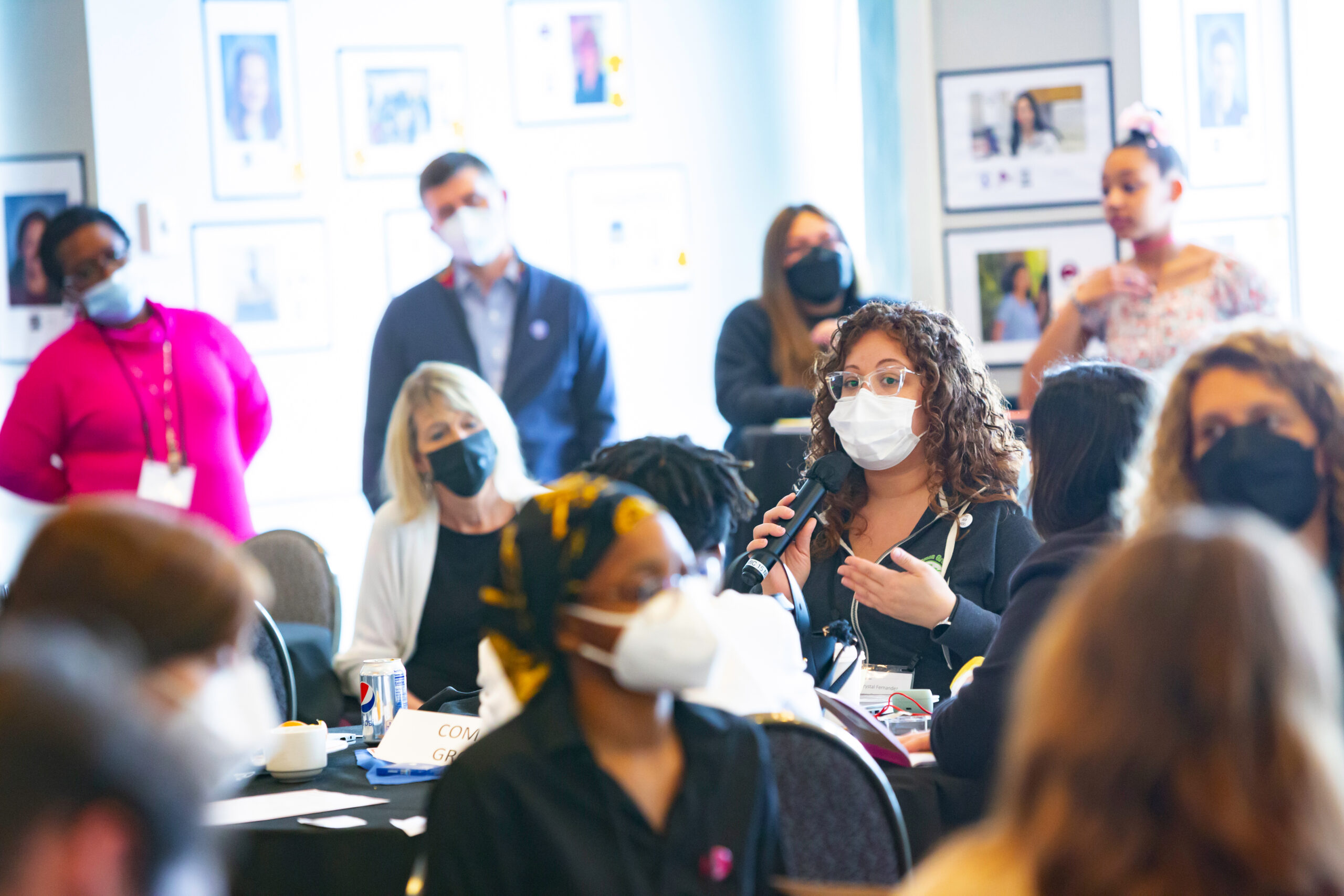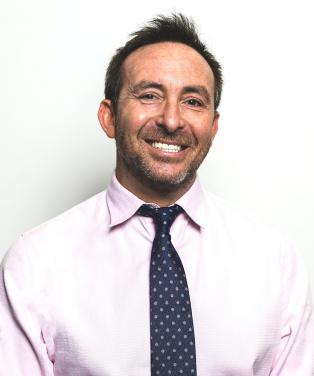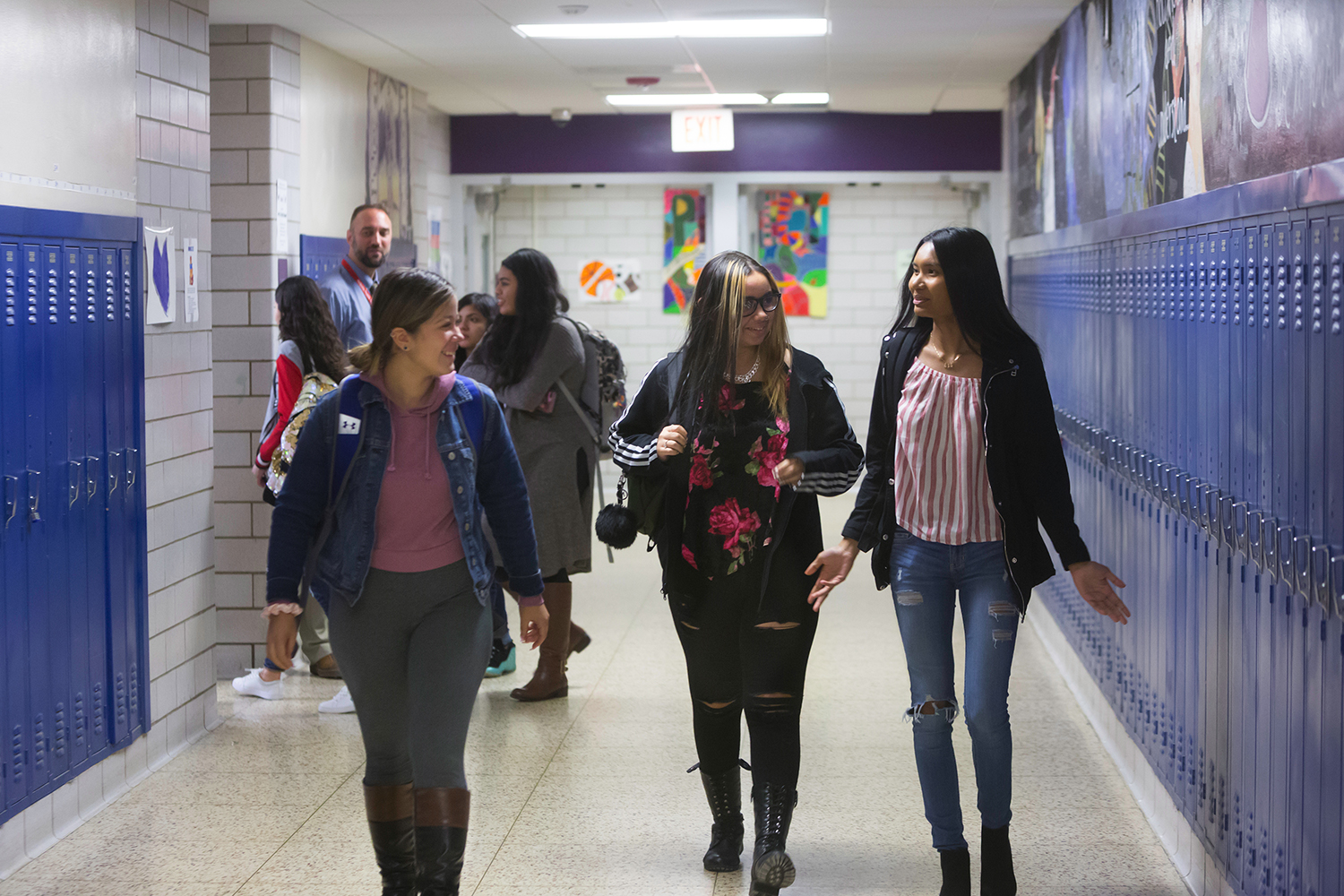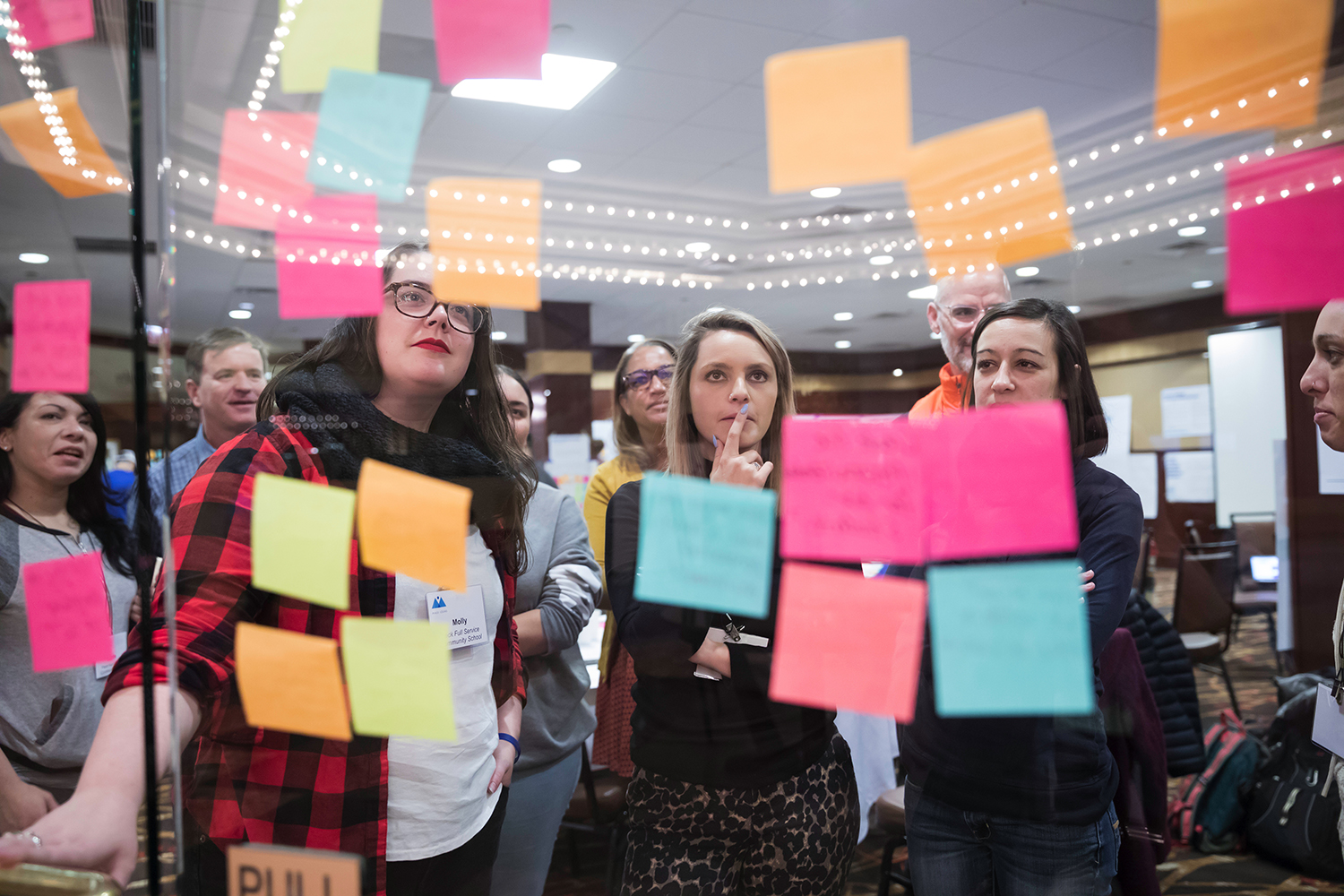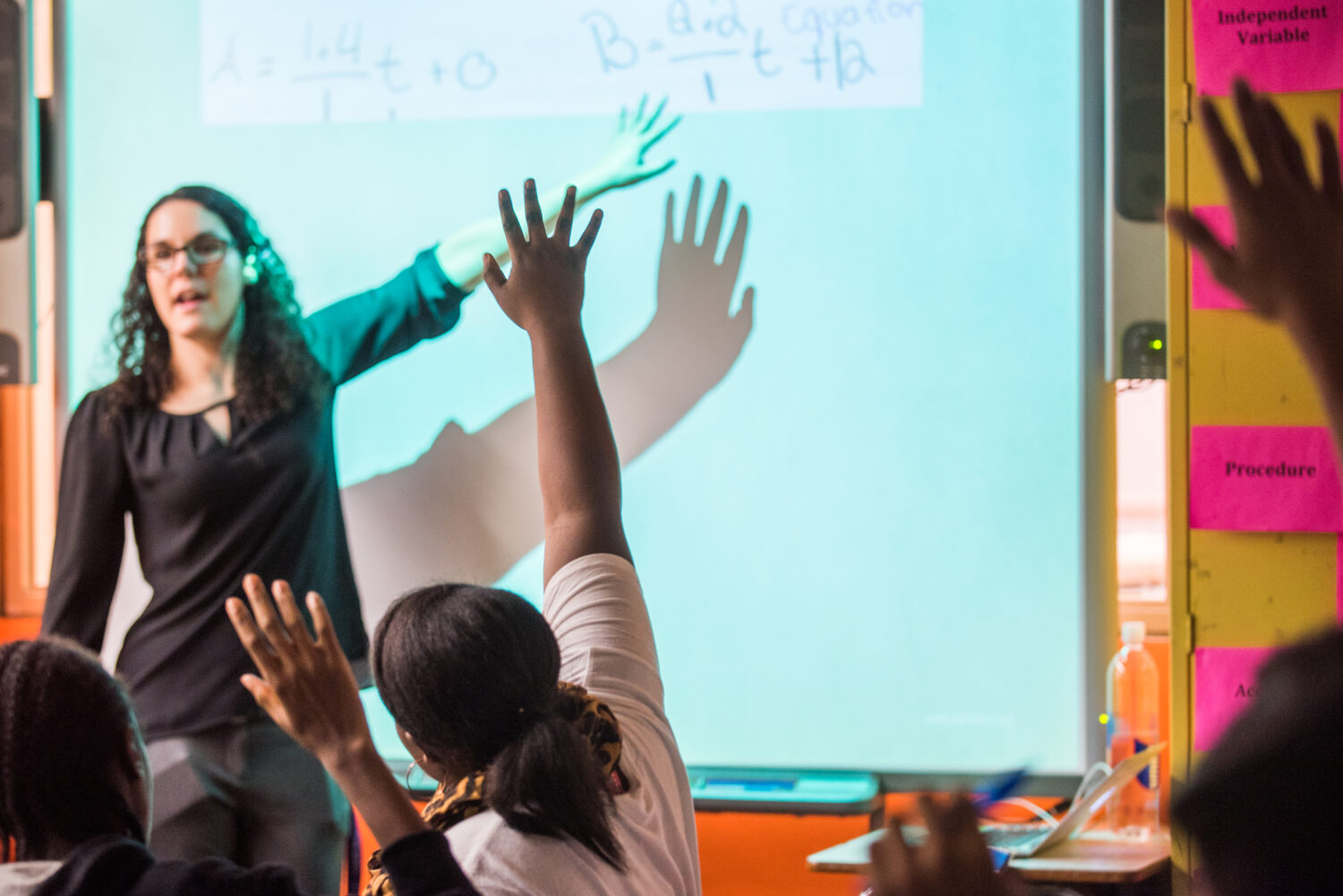As part of our work with school and system leaders across the nation, Relay Graduate School of Education has followed nearly a dozen exceptional leaders as they aim to create schools where children and adults thrive, not simply survive. While the pandemic has created challenges for all, these leaders typify the mindset of adaptive leaders committed to meeting the changing needs of their schools. As TS Hoard, principal of the Excellence Boys Charter Middle School in Brooklyn, New York, emphatically stated last fall, “This will not be a lost year.”
Effective leaders have always had this mindset. But during a challenging and unpredictable time, these leaders led their schools through a process of addition by subtraction: in other words, by honing their vision, narrowing their priorities, and focusing their time on three pillars: equity, achievement, and wellness.
Equity. As the pandemic has exacerbated the challenges faced by young people from historically marginalized populations, these leaders are focused on ensuring their students have access to and support reaching grade level expectations every day.Rather than lower these expectations, Dr. Brandi Chin, founding school director of DSST Middle School at Noel Campus in Denver, stepped up efforts to teach students the habits of rigorous learning, like analysis, conceptual understanding, and application of skills to real world problems. “This is how we fight the good fight: By engaging students in critical thinking, so they can access positions of power and make changes in our country,” she says.
Achievement. For the leaders we followed, putting that vision into practice involves doubling down on the classroom—by engaging students with rigorous, discourse-driven lessons and providing teachers with feedback and support in the moment to ensure that they maximize student learning, even as their schools face an overwhelming array of pandemic-related challenges. In Denver Public Schools, regional instructional superintendent Heather Hainessimplified the “playbook” by narrowing priorities for teachers and staff at all levels to ensure that all students—including those from historically marginalized populations—were engaged in grade-level, curriculum-based tasks at least 90 percent of the time.
Wellness. These leaders understand that being ready to learn means feeling safe—that students feel like they’re understood, listened to, and cared for, particularly given the ongoing challenges and accumulated trauma of the past two years. At Dr. Martin Luther King Jr. Early College in Denver, Principal Kimberly Grayson shared a video of students discussing the impact of the pandemic and remote learning to help staff better understand what students were going through and build stronger connections. She and leaders like Tihesha Henderson, head of school and executive director of the Sankofa School of Success in Indianapolis, also recognize the toll that tending to students’ needs can take on educators and staff by helping them reflect and reconnect with their peers and tend to their own emotional needs.
At Relay, we believe that nearly every problem has been solved by someone, somewhere. The challenge of the 21st century is to find out what works and scale it up.With the Follow the Leaders series, we invite you to examine the approaches these exceptional leaders have taken and the practical strategies they have put to work in their schools.Each is focused on helping the students who need it the most by finding new ways to increase rigor, provide meaningful instruction, and support their overall well-being, largely centered in the classroom during the regular school day. As Chin puts it, “It’s not either-or. It has to be ‘Yes, and.’”
